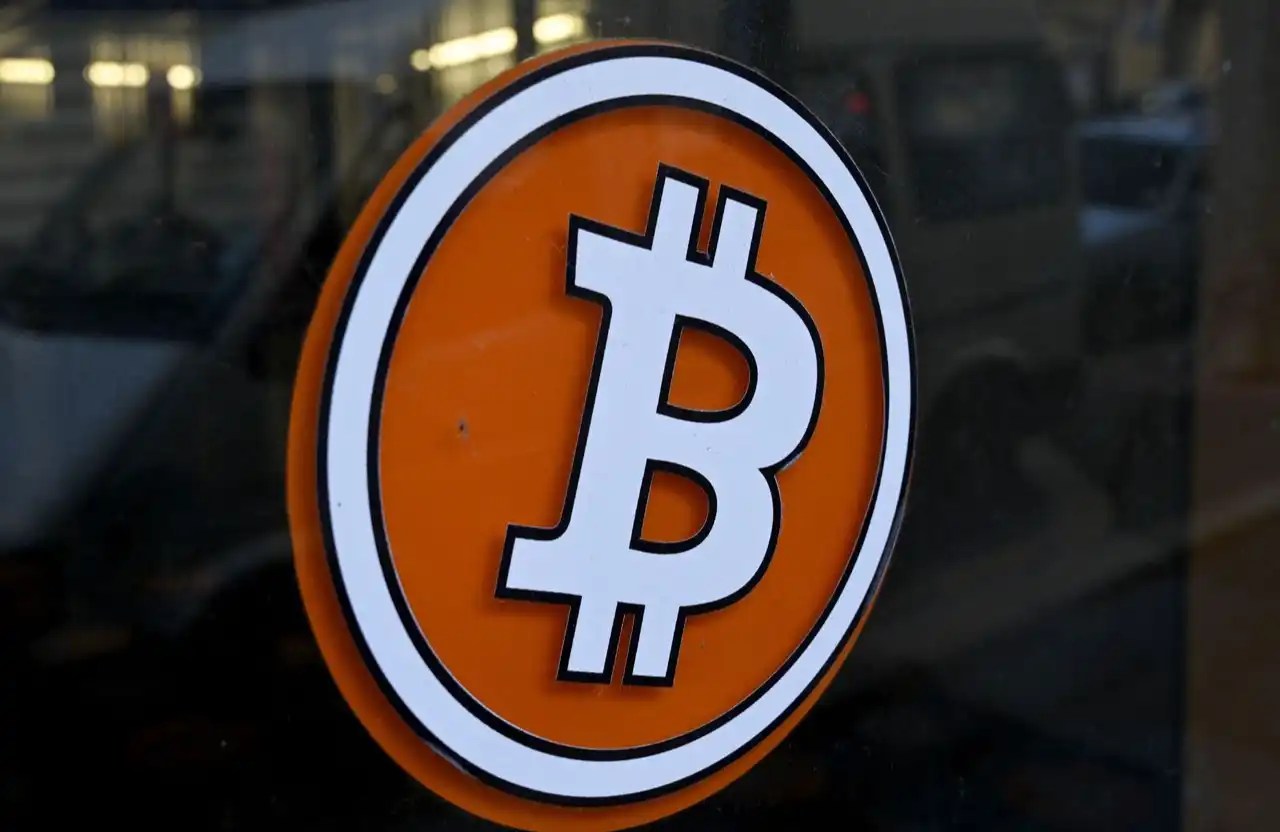Tokenizing the OTC: A Regulatory and Market Disruption Opportunity
- Blockchain-driven tokenization is transforming OTC markets in 2025 through regulatory innovation and global liquidity networks. - U.S. regulatory clarity (OCC Letter 1184) and state-level CER frameworks enable institutional custody of cryptoassets, while Brazil/UK align on digital asset recognition. - Tokenized funds (e.g., BlackRock's $5B BUIDL) and platforms like Swarm demonstrate improved liquidity, though challenges remain in cross-market fragmentation and valuation standards. - Investors are priorit
The over-the-counter (OTC) market has long been a shadowy corner of global finance, where small-cap stocks, private equity, and alternative assets trade with limited liquidity and transparency. For decades, these markets have been plagued by inefficiencies—slow settlement cycles, opaque pricing, and fragmented investor access. But 2025 marks a pivotal inflection point . Blockchain technology, once dismissed as a speculative fad, is now reshaping the OTC landscape through tokenization, regulatory innovation, and global liquidity networks. For investors, this represents a rare opportunity to capitalize on a structural shift that could redefine small-cap investing and deliver outsized returns to early adopters.
Regulatory Tailwinds: A New Era of Clarity
The 2025 regulatory environment has finally caught up to the promise of blockchain. The Joint Trades report, co-authored with Boston Consulting Group and leading law firms, underscores a critical shift: regulators are embracing technology-neutral frameworks that prioritize financial activity over the tools used to execute it. This approach is particularly transformative for OTC markets, where tokenization can streamline processes like collateral management, fund operations, and fixed-income issuance.
Key developments include:
- U.S. Federal Clarity: The OCC's Interpretive Letter 1184 now permits national banks to custody and execute cryptoassets, removing a major barrier for institutional participation in tokenized OTC assets.
- State-Level Innovation: Amendments to the Uniform Commercial Code (UCC) in states like New Hampshire and Arizona have introduced Article 12 on Controllable Electronic Records (CERs), providing legal clarity for digital asset ownership and transfer.
- Global Alignment: Brazil's Supreme Court recognized cryptoassets as enforceable property in April 2025, while the UK's HM Treasury is finalizing a MiCA-inspired framework to attract DLT-driven capital markets.
These changes are not theoretical. They are enabling banks, asset managers, and fintechs to tokenize small-cap equities, real estate, and even carbon credits with unprecedented legal and operational certainty.
Market Adoption: From Niche to Mainstream
The data tells a compelling story. Tokenized money market funds (e.g., BlackRock's BUIDL) and digital bonds now command over $5 billion in assets under management, with settlement times reduced from days to seconds. However, small-cap OTC stocks remain a frontier opportunity.
While tokenization has yet to fully unlock liquidity for these assets, early experiments are promising. For instance, platforms like Swarm and Backed have tokenized small-cap equities, allowing accredited investors to trade fractional shares 24/7. Though secondary trading volumes remain low (averaging $1–$3 million per asset), the infrastructure is in place to scale.
The challenge lies in overcoming structural barriers:
1. Regulatory Fragmentation: Tokenized assets often exist in siloed systems, limiting cross-market liquidity.
2. Valuation Uncertainty: Illiquid assets lack standardized pricing mechanisms, deterring broad participation.
3. Custodial Dependencies: Most tokenized OTC assets require KYC/AML-compliant custodians, restricting retail access.
Yet these hurdles are not insurmountable. Hybrid market structures—combining regulated platforms with decentralized protocols—are emerging to bridge the gap. For example, RWA.xyz is developing automated market makers (AMMs) tailored for tokenized real-world assets, boosting turnover by 25% compared to traditional OTC trading.
Investment Implications: Positioning for Disruption
For investors, the key is to identify assets and platforms poised to benefit from this transition. Here's how to approach it:
- Prioritize Infrastructure Plays: Firms enabling tokenization (e.g., blockchain custodians, smart contract platforms) stand to gain as adoption scales.
- Target High-Potential Sectors: Small-cap companies in real estate, renewable energy, and private credit are ideal candidates for tokenization due to their inherent illiquidity.
- Leverage Regulatory Arbitrage: States like Arizona and New Hampshire offer favorable legal frameworks for tokenized assets, creating geographic advantages for early adopters.
Consider the case of RealT, a real estate tokenization platform. While its tokens trade infrequently, the underlying infrastructure is attracting institutional capital. Investors who acquired RealT tokens in 2024 have seen yields of 8–12% annually from rental income, with token values appreciating as liquidity improves.
The Road Ahead: A Call for Patience and Precision
Tokenization is not a magic bullet. It requires time to build the infrastructure, trust, and regulatory guardrails needed for mass adoption. However, the 2025 regulatory tailwinds and institutional momentum suggest that the tipping point is near.
For investors, the lesson is clear: the OTC market is on the cusp of a blockchain-driven renaissance. Those who act now—by allocating capital to tokenization platforms, high-yield RWAs, and regulatory-friendly jurisdictions—stand to capture outsized returns as this market matures. The future of small-cap investing is no longer confined to traditional OTC desks; it's being rewritten on the blockchain.
Disclaimer: The content of this article solely reflects the author's opinion and does not represent the platform in any capacity. This article is not intended to serve as a reference for making investment decisions.
You may also like
From "whoever pays gets it" to "only the right people get it": The next generation of Launchpads needs a reshuffle
The next-generation Launchpad may help address the issue of community activation in the cryptocurrency sector, a problem that airdrops have consistently failed to solve.

After bitcoin returns to $90,000, is Christmas or a Christmas crash coming next?
This Thanksgiving, we are grateful for bitcoin returning to $90,000.

Bitcoin security reaches a historic high, but miner revenue drops to a historic low. Where will mining companies find new sources of income?
The current paradox of the Bitcoin network is particularly striking: while the protocol layer has never been more secure due to high hash power, the underlying mining industry is facing pressure from capital liquidation and consolidation.
